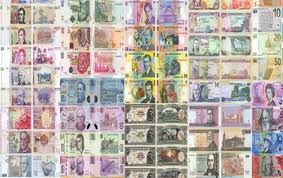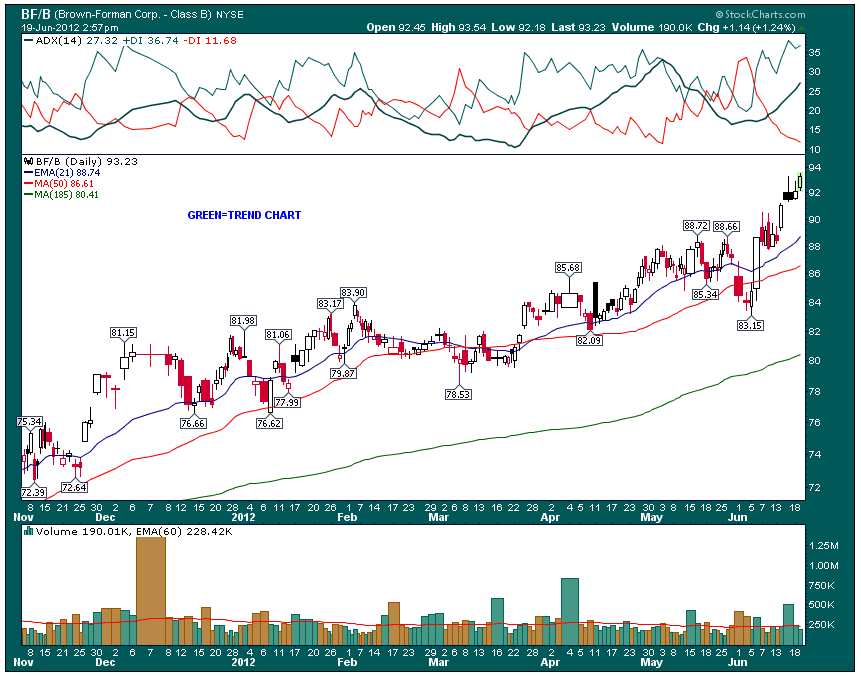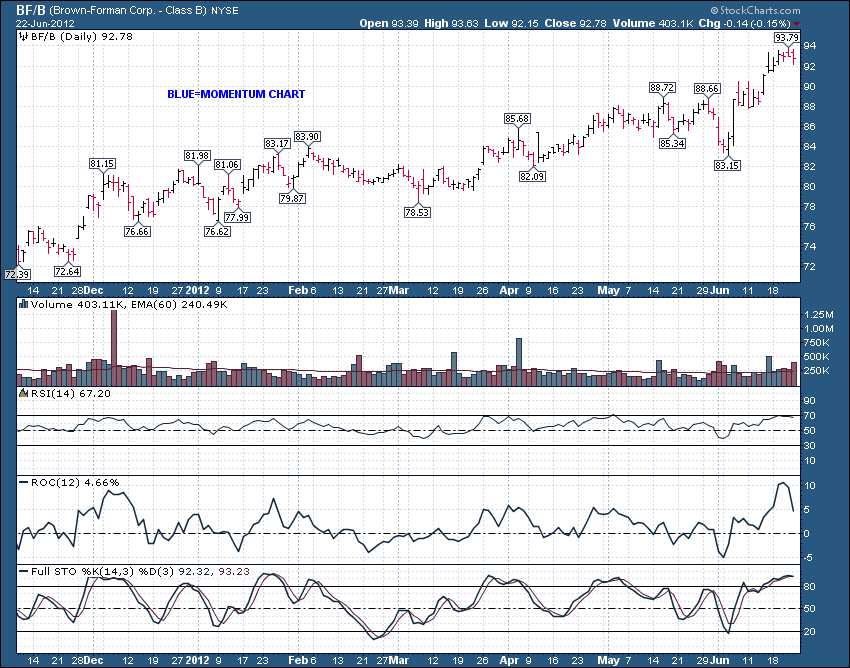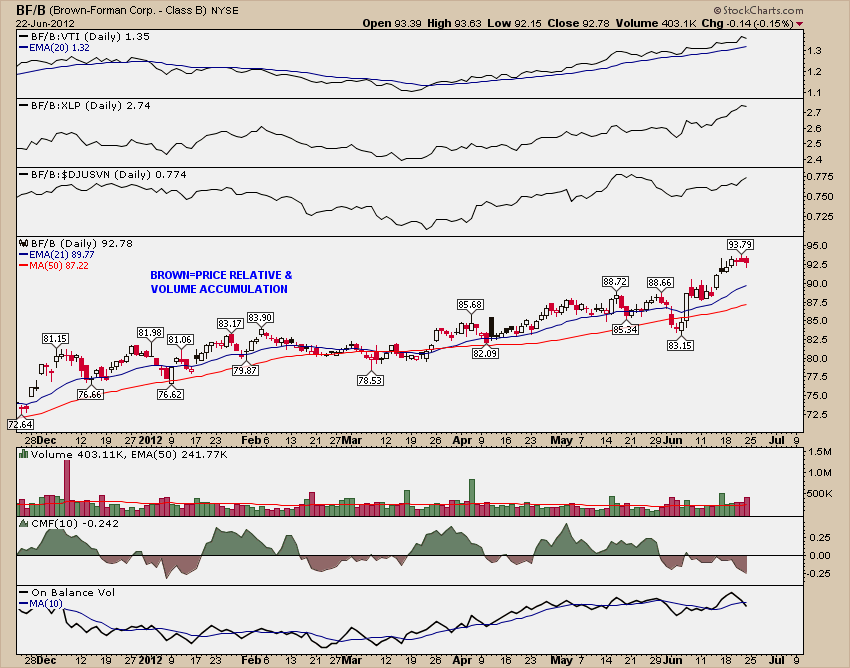
As I look back over my journals, I realize that an important “passage” occurred about a decade or so ago. The charts and my notes in my trading journals transitioned from monochrome to multi-colored as I began to print colored charts and then annotate many of them using multi-colored pens. Even my written journals utilized highlighters of various colors. Not only did I improve my analysis, but I can say without a doubt that it enhanced my intuition, too. Both of these contributed to amplifying my bottom-line.
As I consider the world around me, it’s obvious that many others came to realize the infinite benefits of using colors a zillion years before I did. The electronics industry color codes components such as resistors, capacitors and inductors. Artillery shells are color coded according to their pyrotechnic contents. Navigation lights too, not to mention many currencies of the world.
I have joined the crowd and I’m better for it. Besides the obvious jokes about living life in black and white, I’ve found that by becoming more “color oriented”, my investing world is actually more fun. The more important benefits, however, lie in the enhancement to my trading intuition. It is not my objective in this blog to convince you the reader of the powerful benefits of acknowledging and embracing the role intuition can play in your success as an investor. I’ll leave that to Amazon.com where you can survey many highly rated tomes on the subject.
My objective is merely to give you some examples of how I’ve incorporated colors into my own trading and to encourage you to think of opportunities that might exist in your own investment life to embellish some of your tools and analysis. Some basic examples of what I mean are the three charts below.
My intuition knows instantly that when I’m reviewing a green chart, I’m focused on trends. If the chart is brown, I know immediately that it deals with price relative and money flow; if it’s a blue chart, it’s momentum. I also use a similar color scheme for different timeframes. Whether the charts are long term, intermediate or short-term, each one is defined by both its colors as well as its labels. There are many other ways to put color to good use in your trading.
Remember the old cliché “time is money?” Time is indeed a precious commodity, and I’m always looking to streamline my routines without diluting them. Color gives me exactly that. The additional layer of colors is wonderful in its simplicity because it offers up a personalized language of analysis atop my charts. Colors embellish my charts, allowing me to see market changes sooner, making clues clearer and convincing me to pull the trigger with greater discipline and comfort.
Do you have unique ways in which you’ve personalized the language of color in your analysis routines? Perhaps other visual investors would find your ideas of value in the comments below.



